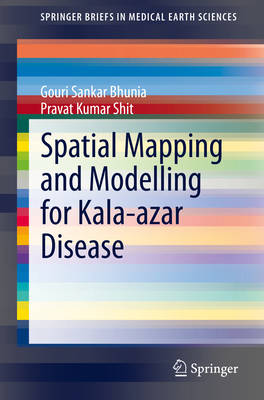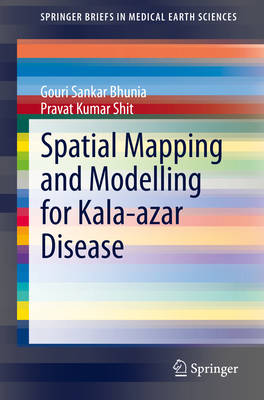
- Afhalen na 1 uur in een winkel met voorraad
- Gratis thuislevering in België vanaf € 30
- Ruim aanbod met 7 miljoen producten
- Afhalen na 1 uur in een winkel met voorraad
- Gratis thuislevering in België vanaf € 30
- Ruim aanbod met 7 miljoen producten
Zoeken
€ 62,95
+ 125 punten
Omschrijving
This book addresses the current challenges in controlling Kala-azar disease (Visceral leishmaniasis) in India and other VL-endemic areas, and aims to develop and apply a geo-environmental risk model based on primary and secondary data with the aid of remote sensing and GIS technologies to assess and mitigate Kala-azar transmission. Through case studies carried out in India, the book provides insight into the relationship between geo-environmental variables and encroachments of Kala-azar, and identifies potential pathways for VL introduction to develop mitigation strategies using GIS and remote sensing technologies. The book critically assesses existing VL mitigation measures that do not adequately account for geo-environmental conditions, and analyzes the environmental factors that aid Kala-azar transmission using remote sensing, spatial statistics and data mining techniques. The book will be of interest to epidemiologists, researchers and practitioners using geospatial data practices to study disease transmission and associated monitoring technologies.
Specificaties
Betrokkenen
- Auteur(s):
- Uitgeverij:
Inhoud
- Aantal bladzijden:
- 142
- Taal:
- Engels
- Reeks:
Eigenschappen
- Productcode (EAN):
- 9783030412265
- Verschijningsdatum:
- 8/04/2020
- Uitvoering:
- Paperback
- Formaat:
- Trade paperback (VS)
- Afmetingen:
- 196 mm x 234 mm
- Gewicht:
- 226 g

Alleen bij Standaard Boekhandel
+ 125 punten op je klantenkaart van Standaard Boekhandel
Beoordelingen
We publiceren alleen reviews die voldoen aan de voorwaarden voor reviews. Bekijk onze voorwaarden voor reviews.








